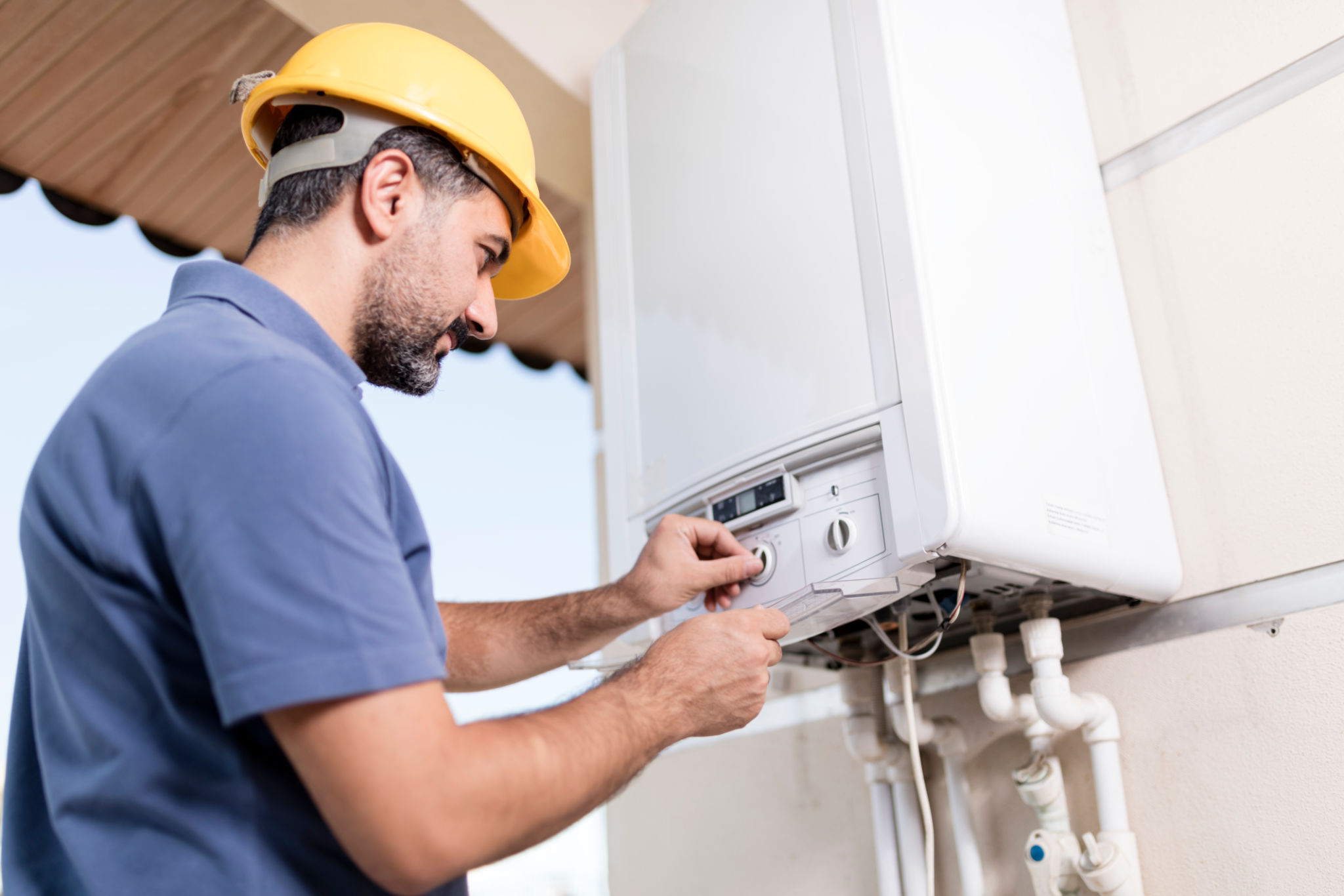Understanding the Latest Trends in Commercial Plumbing
Introduction to Commercial Plumbing Trends
Commercial plumbing has evolved significantly over the years, driven by technological advancements and a growing emphasis on sustainability. Understanding the latest trends in this field is crucial for businesses and property managers aiming to maintain efficient and cost-effective plumbing systems. In this blog post, we will explore some of the most significant trends shaping the commercial plumbing industry today.
Smart Plumbing Systems
The integration of smart technology into plumbing systems is transforming the way commercial properties manage water usage and detect potential issues. **Smart plumbing systems** utilize sensors and IoT technology to monitor water flow, pressure, and even temperature. These systems can immediately alert property managers to anomalies, enabling prompt responses to leaks or malfunctions before they escalate into costly repairs.

Water Conservation Technologies
With increasing awareness of environmental issues, water conservation has become a priority in commercial plumbing. **Low-flow fixtures**, such as faucets, toilets, and showers, are designed to reduce water usage without compromising performance. Additionally, advanced water recycling systems are being implemented to treat and reuse greywater, significantly decreasing a building's overall water consumption.
Sustainable Plumbing Materials
Another trend gaining traction in commercial plumbing is the use of sustainable materials. **Piping materials**, like PEX (cross-linked polyethylene) and stainless steel, are preferred for their durability and minimal environmental impact. These materials not only contribute to a building's sustainability goals but also improve the longevity and reliability of plumbing systems.

Advanced Leak Detection Systems
Leak detection has become more sophisticated with the advent of new technologies. Modern leak detection systems use acoustic sensors and pressure monitoring to identify leaks quickly and accurately. By addressing leaks promptly, businesses can prevent water damage and reduce wastage, ultimately saving on repair costs and maintaining operational efficiency.
Touchless Plumbing Fixtures
The COVID-19 pandemic has accelerated the adoption of touchless plumbing fixtures in commercial settings. **Touchless faucets and toilets** help maintain hygiene by minimizing contact surfaces, reducing the risk of germ transmission. These fixtures are becoming standard installations in restrooms across various commercial properties.

Integration of Building Information Modeling (BIM)
Building Information Modeling (BIM) is playing an increasingly important role in the design and management of commercial plumbing systems. BIM enables detailed 3D modeling of plumbing layouts, facilitating better planning and coordination with other building systems. This integration results in more efficient installations and reduces the likelihood of costly design errors.
Focus on Energy Efficiency
Energy efficiency is another critical trend in commercial plumbing. High-efficiency water heaters and boilers are being installed to reduce energy consumption while maintaining optimal performance. Businesses are also exploring heat recovery systems that capture waste heat from wastewater to preheat incoming cold water, further enhancing energy efficiency.
Staying informed about these latest trends in commercial plumbing can help businesses make informed decisions that align with their operational goals and sustainability commitments. By embracing these innovations, companies can ensure their plumbing systems are efficient, cost-effective, and environmentally responsible.